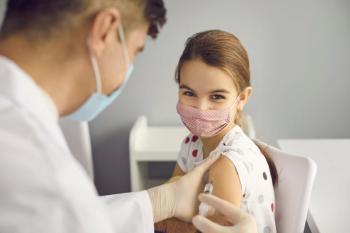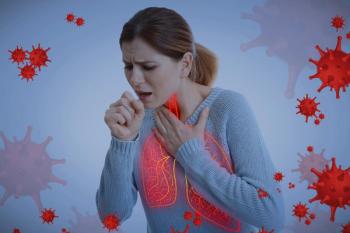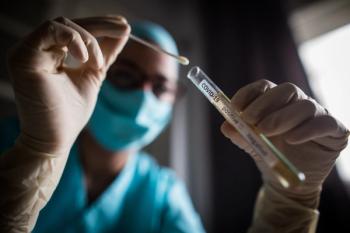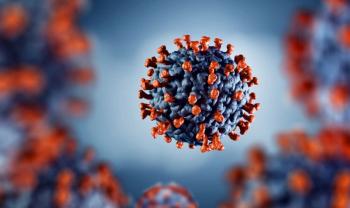
Long COVID Risks, Symptoms Vary Among Diverse Populations
Post-acute sequelae of SARS-CoV-2 infection (PASC) is a complex condition involving multiple organ systems.
With the World Health Organization’s announcement earlier this year that the COVID-19 pandemic is no longer considered a global health emergency, many people may be left thinking they no longer need to worry about the disease. However, the impact of a SARS-CoV-2 infection often goes far beyond the initial risks.
It is estimated that nearly 1 in 8 people suffer from post-acute sequelae of SARS-CoV-2 infection (PASC), otherwise known as
Now, a new study has found the risk of long COVID and its symptoms can present differently among a diverse group of populations.2 The research, which was led by investigators from Weill Cornell Medicine and NewYork-Presbyterian Medical Center, was published in Nature Communications.
“Long COVID is a new disease that is very complicated and quite difficult to characterize,” said Chengxi Zang, an instructor in population health sciences at Weill Cornell Medicine and lead author on the paper. “It affects multiple organs and presents a severe burden to society, making it urgent that we define this disease and determine how well that definition applies among different populations.”
Investigators developed a high-throughput computational screening pipeline to identify potential PASC symptoms and signs using electronic health records. Data was gathered from the INSIGHT network, which covered 11 million patients in the New York City metropolitan area, and the OneFlorida+ network, which covered 16.8 million patients in Florida, Georgia, and Alabama.
The study cohort included 35,275 adult patients from NYC and 22,341 from Florida with a lab-confirmed SARS-CoV-2 infection who survived the first 30 days from March 2020 to November 2021. Among non-infected controls, there were 326,126 from NYC and 177,010 from Florida. Eligible patients were required to have at least one diagnosis record within three years to one week before the index date and at least one diagnosis record within 30 days to 180 days after the index date.
Investigators found that potential PASC diagnoses identified from the INSIGHT cohort were higher than in the OneFlorida+ cohort. In the INSIGHT cohort, rates of pulmonary fibrosis and thromboembolism were seen to be 50% higher. Additionally, 38 diagnoses and 59 medications were identified as potential PASCs in the INSIGHT cohort, compared to 11 diagnoses and 9 medications in the OneFlorida+ cohort.
The researchers noted that there were various possible reasons for the observed differences, including that patients in the Florida cohort were younger and more socially disadvantaged on average. Socially disadvantaged patients may be less likely to present for care during a relatively short post-acute phase, leading to an undercount of potential PASC conditions and medication use.
There were also many common conditions seen in both cohorts, such as dementia, hair loss, pressure ulcers, dyspnea, chest pain, abnormal heartbeat, malaise, and fatigue.
“In this new research, we examined a broad list of potential
References
1. Ballering AV, van Zon SK, olde Hartman TC, Rosmalen JG. Persistence of somatic symptoms after COVID-19 in the Netherlands: An observational cohort study. The Lancet. 2022;400(10350):452-461. doi:10.1016/s0140-6736(22)01214-4.
2. Zang C, Zhang Y, Xu J, et al. Data-driven analysis to understand long COVID using electronic health records from the recover initiative. Nature Communications. 2023;14(1). doi:10.1038/s41467-023-37653-z.
Newsletter
Pharmacy practice is always changing. Stay ahead of the curve with the Drug Topics newsletter and get the latest drug information, industry trends, and patient care tips.























































































































